Steve Howell on the Local Bigfoot Year, not by choice in 2020
The idea of a Big Year has become part of today’s birding culture: “How many species can I encounter in a year?” Some people cover the whole of North America, others a state or province, others a county, a few even the world—it can be done at any scale, although 2020 would have been a bad year to pick for almost any area. The exception being around your home. For better or worse the previous two years have prepared me for an unplanned year of very local birding.
Back in 2018, as things moved into February I wondered if I could find 200 species in the year just on foot around town, here on the coast of central California. To put 200 species in perspective (after all, one could find 200 species in a morning in eastern Ecuador!), a decent county year list is in the order of 260 to 280 species. So this seemed a plausible, but not necessarily easy goal. Plus I threw in two more criteria—no scope and no chased birds. I didn’t plan any long hikes, just walked in and around town, which translated into birding within a 1.5 mile radius of my home. So how did it work out?
Well, I learned a lot about the local birds and got to know many of the local humans, even showing one person a roosting Northern Saw-whet Owl, another a roosting Barn Owl, and being given invites onto private property.
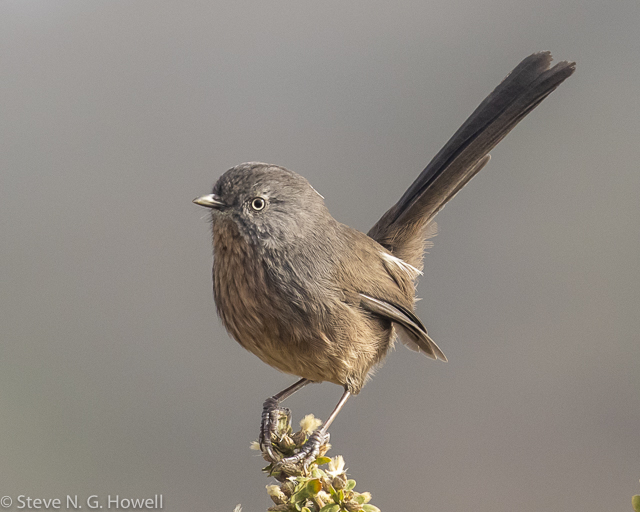
My first species for 2018 was Wrentit, heard from bed on New Year’s morning.
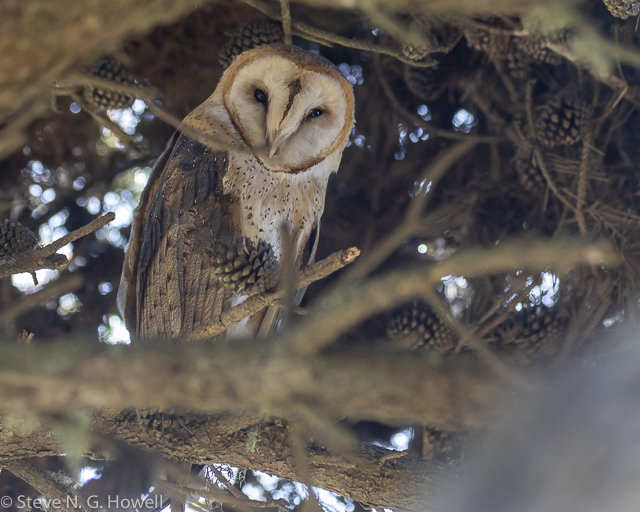
This roosting Barn Owl was in a tree on the corner of my block, just for one day but appreciated by a passing cyclist.
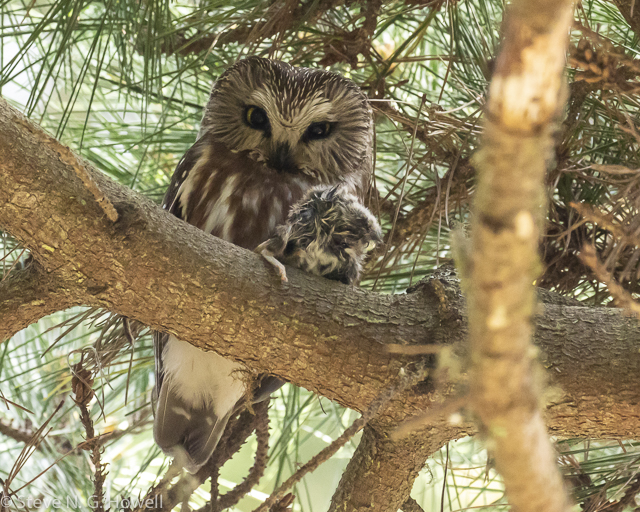
Whereas this Northern Saw-whet Owl stuck around for a week or so, helping keep down the local mouse population.
The 2018 Bigfoot Year also confirmed that time in the field is the number one factor for finding rare birds: I saw what most people would consider a ‘rare bird’ for only about one minute in about every 30 or 40 hours of birding—a pretty low return put that way, but fortunately it wasn’t about rare birds. Purely by chance, though, 2018 turned out to be a really ‘good year' for vagrants in central California, and I hit 200 species by noon on October 1st (a Baltimore Oriole, only my second in the county). Well, that was easy, and by the end of the year I reached 218 species, which had a nice ring to it—218 in 2018.
In the next post I’ll summarize my 2019 Bigfoot Year (hey, don’t worry, for better or worse we’ve got time ;-), and then bring you up to date with Bigfoot 2020, in progress. Meanwhile, here are some photo highlights from 2018.
I recommend a Bigfoot Year to anyone, anywhere, if you have the time and inclination—and in 2020 it seems we have the time... Even a Bigfoot month. You only compete against yourself and the birds, and learn a lot along the way. Depending on where you live, your Bigfoot Year goal might be 50 species, or 123 (no reason it has to be a round number!), or if you live in Amazonia, maybe 400 species. And it’s a lot cheaper than chasing around a country or even a county. Lastly, a big thanks to local birders Keith Hansen, Catherine Hickey, Mark Dettling, and Diana Humple for their company from time to time, even though all of them saw at least one species I missed for the 2018 Bigfoot Year!
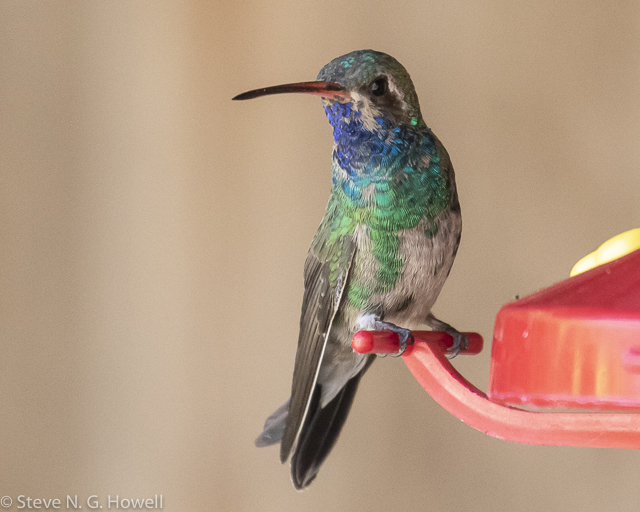
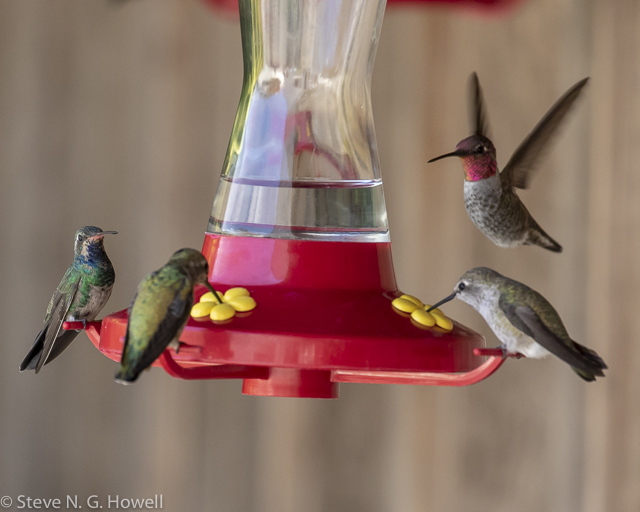
This young male Broad-billed Hummingbird was ‘downtown’ (just over a mile away) at Keith Hansen’s feeders, but because I wasn’t chasing birds in my Bigfoot Year I waited 3 days before I was going down to the store, when I always stop in and visit Keith’s feeders next door—fortunately the bird stuck around, and it sure stood out among the local Anna’s Hummingbirds.
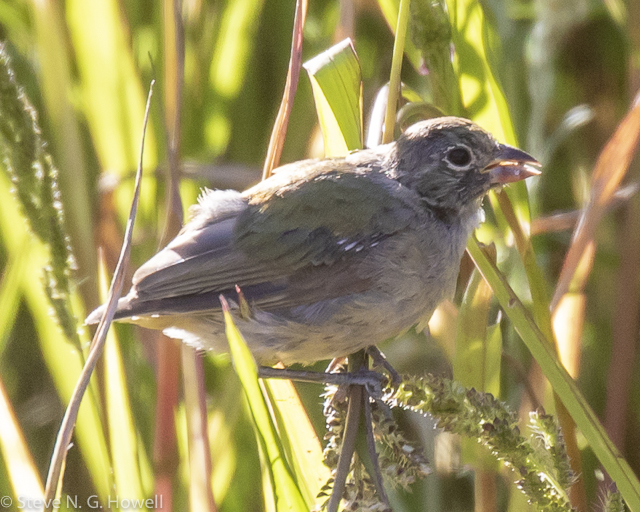
OK, I know I like molt, but when I found this bird on 8 October (here) it was molting so heavily it was a challenge to even identify—a Painted Bunting on some private property a few blocks from my home, and ‘officially’ the rarest bird of the year. I was able to follow its molt for a month and it turned out to be a normal preformative (‘post-juvenile’) molt both in timing and extent—that is, almost complete, just retaining some inner primaries, outer secondaries, and primary coverts. It was simply undertaken in the wrong place.
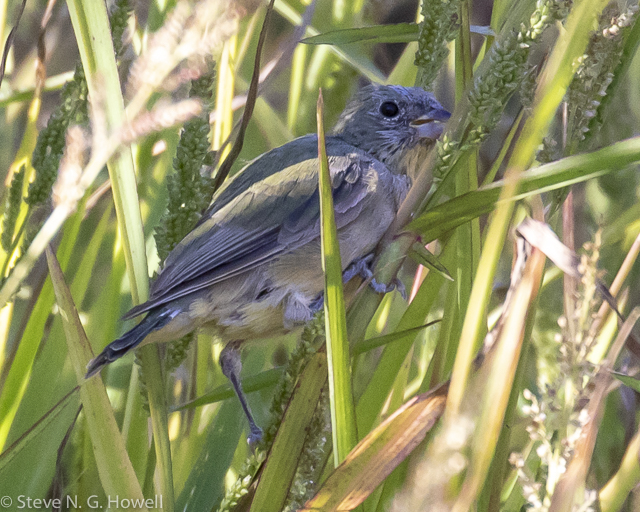
On 15 October, the tail starting to grow...
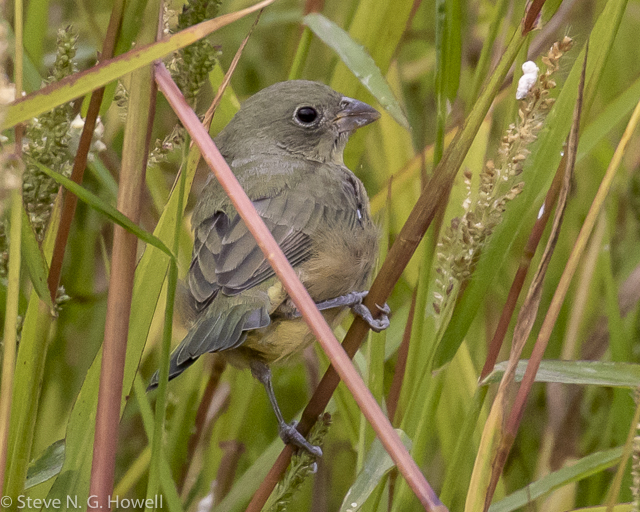
On 23 October, tail mostly grown, outer primaries still growing...
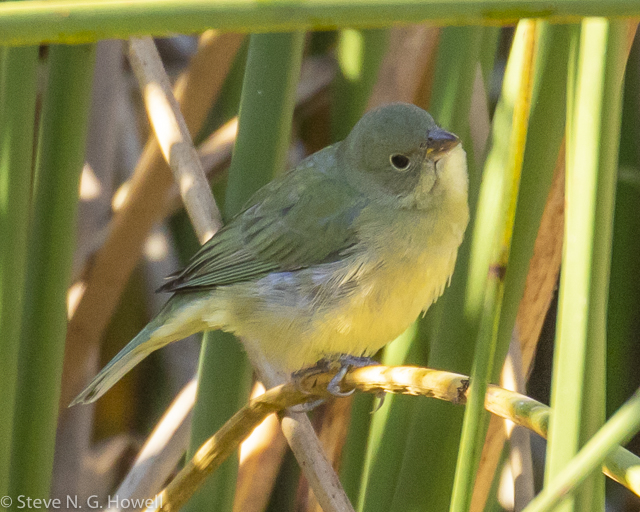
On 7 November, finished and the last date I saw it, and hopefully it headed off to Mexico.
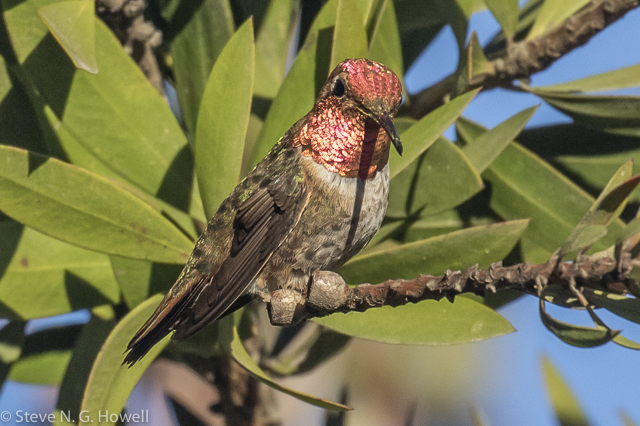
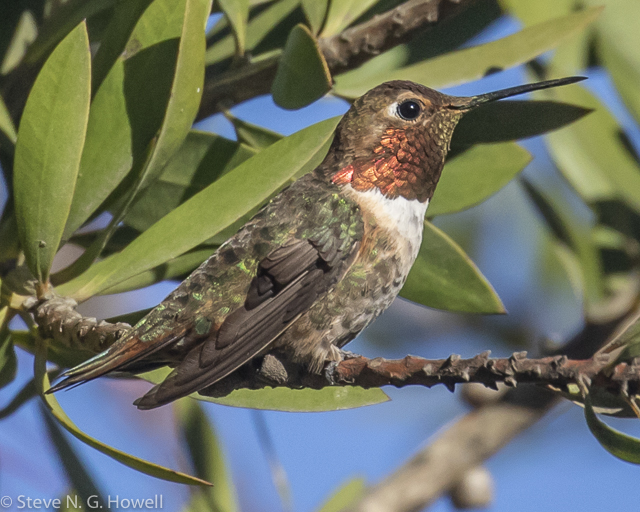
‘Unofficially’ the rarest bird of the year (for me) was this pseudo Broad-tailed Hummingbird, a male Anna’s xSelasphorus hybrid a few blocks from home on 10 July.
